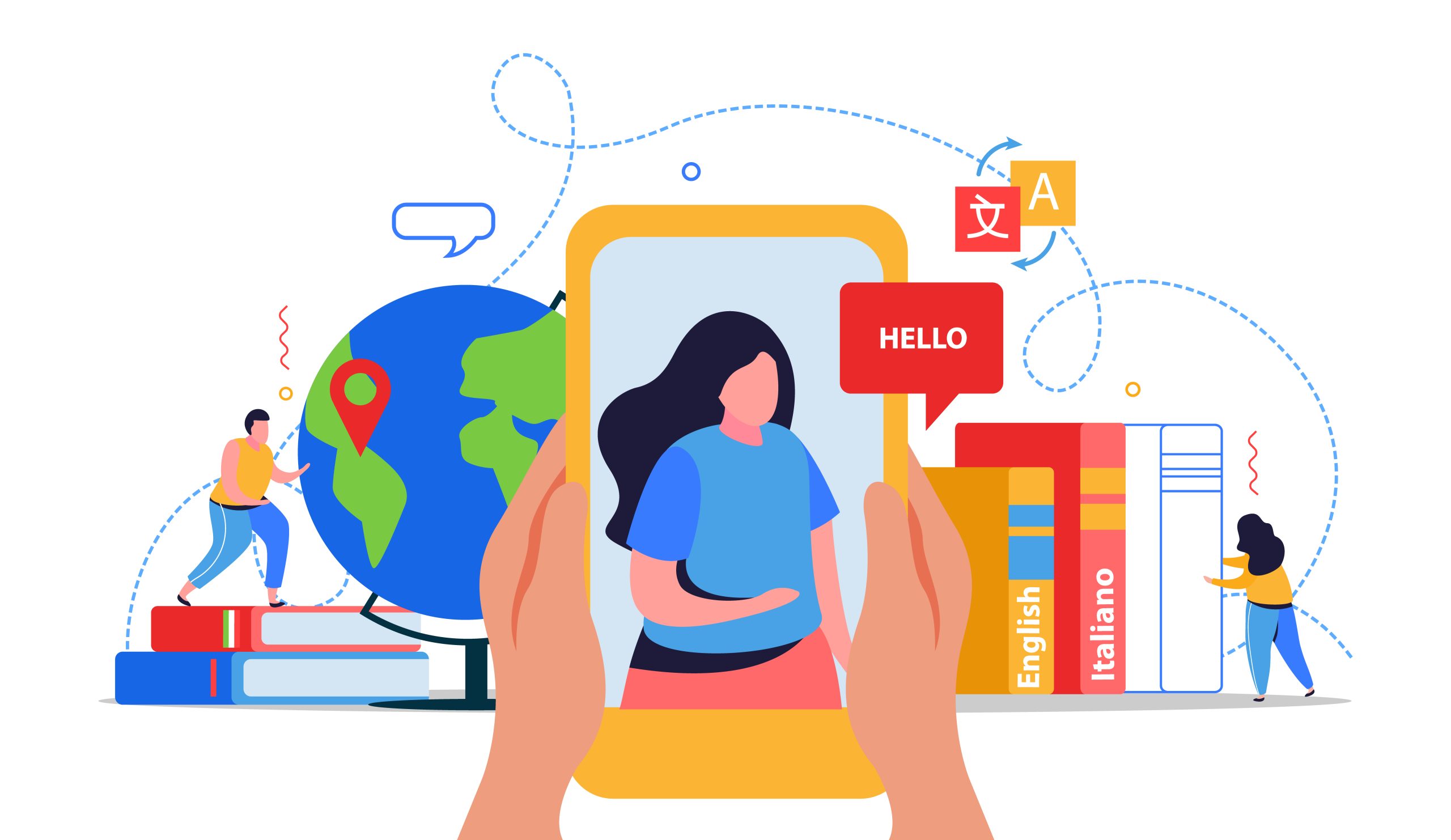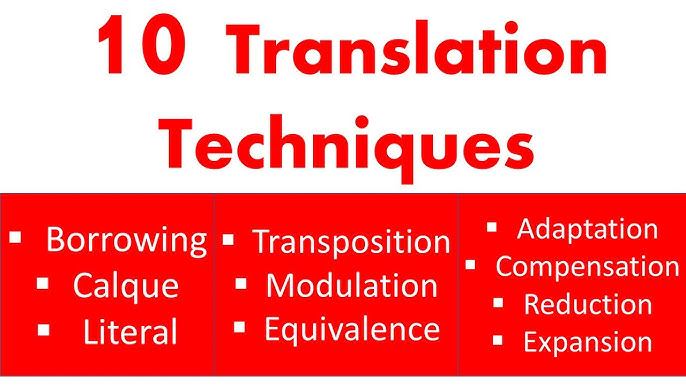مخطط الموضوع
- عام
- Media Translation
Media Translation

The Importance of Translation in Media and Communication Studies
Communication and media are essential to our daily lives, shaping the way we share ideas and information. But what exactly is mass communication? It is the process by which we convey messages to large audiences. At the heart of this process lies language, which acts as the primary tool for communication. With over 7,000 languages spoken around the world, the challenge becomes clear: How do we ensure that our message is understood by the right audience? The solution is translation.
Translation is the bridge that converts messages from one language to another, making them accessible to people from diverse linguistic backgrounds. In the realm of communication and media, translation is crucial. It enables the exchange of ideas across different languages and cultures, breaking down barriers that could otherwise hinder global understanding. Today, communication transcends borders, thanks to translation, which allows information, news, literature, and entertainment to reach and resonate with a worldwide audience. However, translation in media goes beyond simply converting words. It involves capturing cultural nuances, references, and idiomatic expressions, ensuring that content connects with audiences in their own language. In this way, translation becomes a vital component of effective communication, ensuring the smooth flow of ideas across cultures.
In our increasingly interconnected world, media and communication platforms require professional translation services more than ever before. As media and communication professionals of the future, students must ensure that linguistic and cultural differences do not limit their ability to connect with others. In a multilingual media landscape, translation serves as the key to fostering cohesion, accessibility, and the global exchange of ideas.
For a Media and Communication Studies Translation that enables students to translate specialized academic texts and follow media content in English, the syllabus will cover translation skills, terminology, media discourse, and practice with real-world materials.
Module Objectives:
1. Develop students' ability to understand and translate “specialized academic texts” in media and communication studies.
2. Improve students' skills in translating and analyzing “published materials on media platforms” (articles, posts, reports, etc.).
3. Familiarize students with “key concepts, theories, and terminology” in media and communication in both languages.
4. Enhance students' capacity to “summarize, paraphrase, and adapt” texts for different media contexts.
- Lesson 1: Introduction to Media Translation
Lesson 1: Introduction to Media Translation
objectives
· Understand the Role of Translation Studies in Media
· Differentiate Between Academic and Professional Translation
· Identify the Challenges in Translating Media Discourse
· Apply Cultural and Contextual Adaptation in Media Translation
- lesson 2: Media Translation Tools
lesson 2: Media Translation Tools
Lesson objectives :
· Define “media translation tools” and their significance.
· Identify different types of translation tools used in media.
· Understand how these tools improve media accessibility and globalization.
· Provide examples of commonly used media translation tools.
- lesson 3: Types of media translation أنواع الترجمة الاعلامية
lesson 3: Types of media translation أنواع الترجمة الاعلامية
Lesson objectives :
- understand the unique challenges and techniques of translating media content (such as news, film, advertising, and social media),
- focus on the importance of cultural adaptation, context, and audience reception.
- Lesson 4: Translating Transitions in Journalism ترجمة الانتقالات اللغوية في الصحافة
Lesson 4: Translating Transitions in Journalism ترجمة الانتقالات اللغوية في الصحافة
Lesson objectives :
- By the end of this lesson, students will be able to accurately translate common journalistic transitions from English to Arabic, ensuring coherence and natural flow in their translations.
- Lesson 5: Translating Reported Speech in Media Content ترجمة الخطاب المنقول( الخطاب الغير مباشر) في المحتوى الاعلامي
Lesson 5: Translating Reported Speech in Media Content ترجمة الخطاب المنقول( الخطاب الغير مباشر) في المحتوى الاعلامي
Lesson objectives :
- Understand the importance of translating reported speech accurately in media content.
- Identify the key rules governing reported speech in translation.
- Apply rules for translating direct speech to reported speech in various media contexts (news articles, interviews, etc.).
- Analyze examples of reported speech in media and translate them correctly
- Recognize
challenges and strategies in translating reported speech in different language
- Lesson 6: Translating Abbreviations in media ترجمة المختصرات في وسائل الاعلام
Lesson 6: Translating Abbreviations in media ترجمة المختصرات في وسائل الاعلام
Lesson objectives :
- Understand the purpose and structure of abbreviations in both English and Arabic, and how they function in different contexts.
- Learn the rules for translating abbreviations accurately, considering linguistic differences, context, and standard conventions.
- Practice translating common abbreviations between English and Arabic, ensuring clarity and cultural relevance.
- Lesson 7: Translating Numbers in Media – English, French, and Arabic – ترجمة الارقام في وسائل الاعلام
Lesson 7: Translating Numbers in Media – English, French, and Arabic – ترجمة الارقام في وسائل الاعلام
Lesson objectives :
- Students will learn how to translate numbers accurately in media contexts between “English”, “French”, and “Arabic”, focusing on formatting, cultural considerations, and exceptions specific to these languages.
- Lesson 8: Translating Passive Voice in Media Content ترجمة المبني للمجهول في المحتوى الإعلامي
Lesson 8: Translating Passive Voice in Media Content ترجمة المبني للمجهول في المحتوى الإعلامي
Lesson objectives:
- Understand the structure and usage of passive voice in English and how it appears in media content.
- Identify passive voice in sentences within media texts.
- Translate passive voice structures accurately from English into their target language, maintaining meaning and context.
- Apply the rules for translating passive voice effectively in different media contexts.
- Lesson 9: Lesson nine : Media Translation Techniques (part :1)
- Lesson 10: Media Translation Techniques ( part:2) تقنيات الترجمة الإعلامية ( الجزء:2)
Lesson 10: Media Translation Techniques ( part:2) تقنيات الترجمة الإعلامية ( الجزء:2)
Lesson objectives :
- Define and Explain Techniques: Students will define free translation, borrowing, transposition, modulation, and amplification.
- Identify Techniques in Texts : Students will recognize examples of each technique in different texts.
- Apply Techniques : Students will practice using these techniques in translation tasks.
- Analyze Impact on Meaning and Style: Students will analyze how each technique influences the meaning, tone, and style of the translation.
- Lesson 11:
- Lesson 12:
